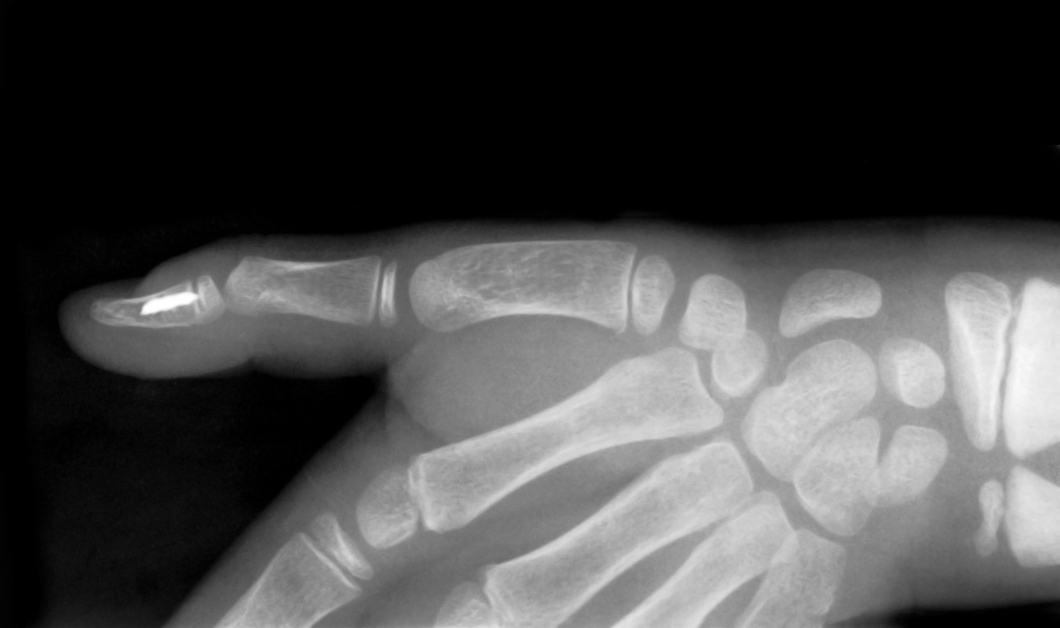The human body was created with the amazing ability to repair itself. Our bodies can repair many different types of tissues when there has been an injury or illness. Skin, muscles, bones, and many other tissues and organs can all be naturally healed by the human body. Some tissues take longer than others, but with increased cell growth healing does occur. One of the most fascinating repair processes that occur within our body is the repair of a broken bone.

How Do Bones Break?
Bones can be broken in many different ways. From catching yourself from a fall, jumping into a ditch, having something fall on top of you, a crushing or jarring injury to falling off of a bike, broken bones can occur from many different types of accidents and injuries. There are different types of bone fractures that occur and they are usually related to the action that caused them. For instance, two bones being forced together can cause an impacted fracture. A sudden twist in a bone, for instance from a sports injury, can cause a spiral fracture. Fractures can also be open or closed; open being when the bone breaks through the skin and closed when the bone is still contained within the skin. Since falls are common, bones of the wrist, hand, and arm are commonly broken. Ankle and leg bones are frequently broken as well due to falls and sports injuries. For people over 75, the hip is the most commonly fracture bone due to frequent falls.
Treatment of Broken Bones
If you have a bone fracture, depending on the location of the injury, your health care provider will most likely apply a cast. A cast keeps the bone in place while healing occurs. Without this cast, bones can take longer to heal and can heal crooked or in the wrong places. At times, fractured bones also require surgery and the long-term use of plates or pins to hold them back together. A simple fracture can take about six to eight weeks to heal enough for cast removal. It can take up to several months for the bone to be completely healed and back to normal. Fractures on larger bones or in the elderly population can take longer.
The Science Behind the Bone Healing Process
The intrinsic healing ability of bones is quite amazing. After a fracture, blood rushes to the site causing a large hematoma to occur, known as a fracture hematoma. Then after a few days, a layer of cartilage forms a callus where the hematoma was. The callus is generally there for about two or three weeks and forms a bridge between the two pieces of broken bone. This cartilage helps to splint the broken bone. A bone callus then forms and is made of spongy bone and stays in place for about three to four months to protect the bone in its final stages of the healing process. Gradually as stress is placed along the broken bone the spongy bone callus will transform into a strong and permanent patch of bone at the fracture site. Many times if the break was simple, the person may never again experience any problems at the site or have any problems with normal function of the limb or area.
Rest assured, next time you experience an injury, including a broken bone, your body will heal itself. Proper nutrition and seeking medical care will improve the chances of normal bone healing and can speed up healing time. Be sure to consult with your own doctor anytime you suspect a broken bone or have any other potentially serious injury or concerns about your health.
Author Bio: Sarah Daren is a writer who creates informative articles in relation to health. In this article, she explains the broken bone injuries and aims to encourage further study with a bachelors in radiology.
The Science Behind Broken Bones

